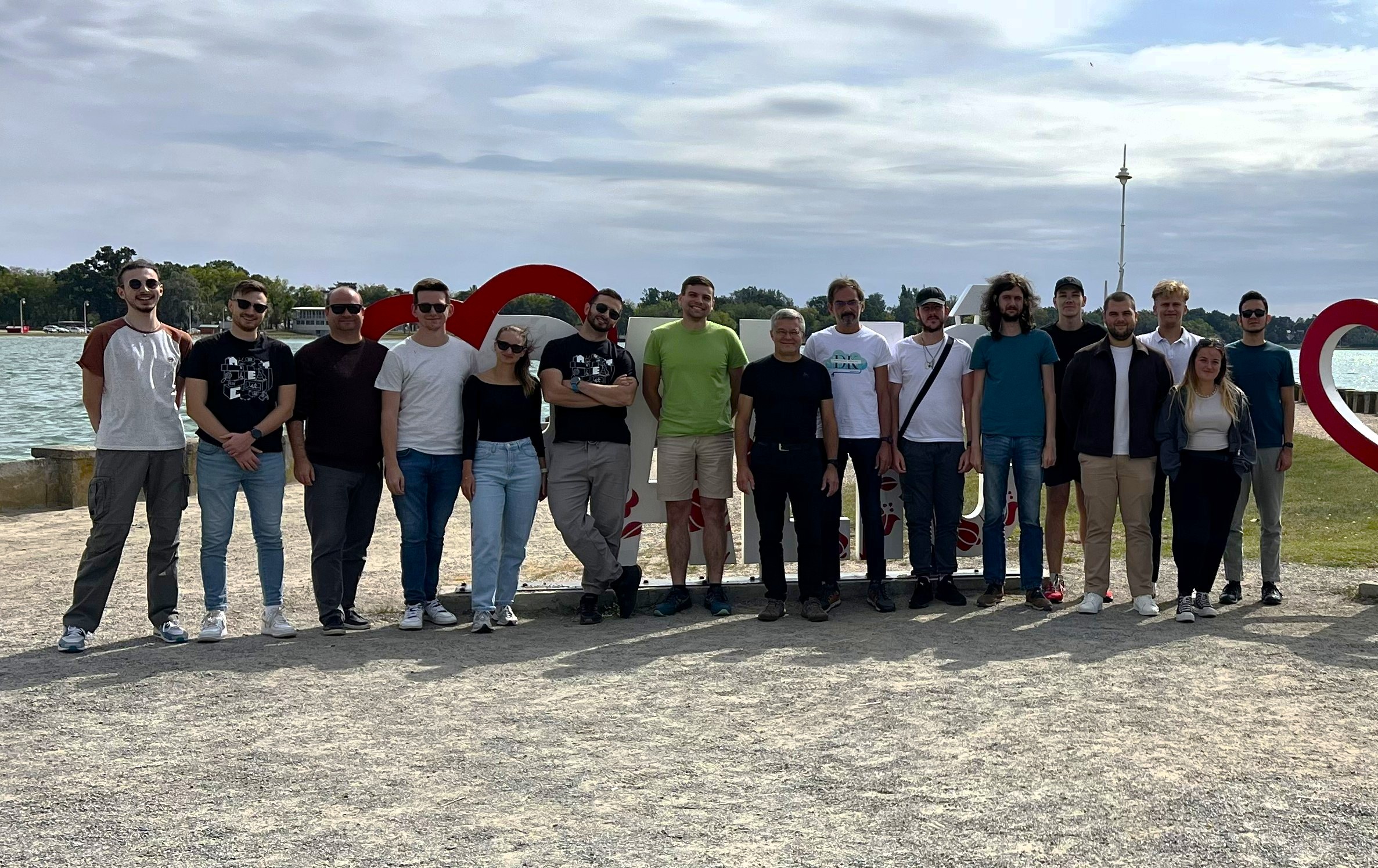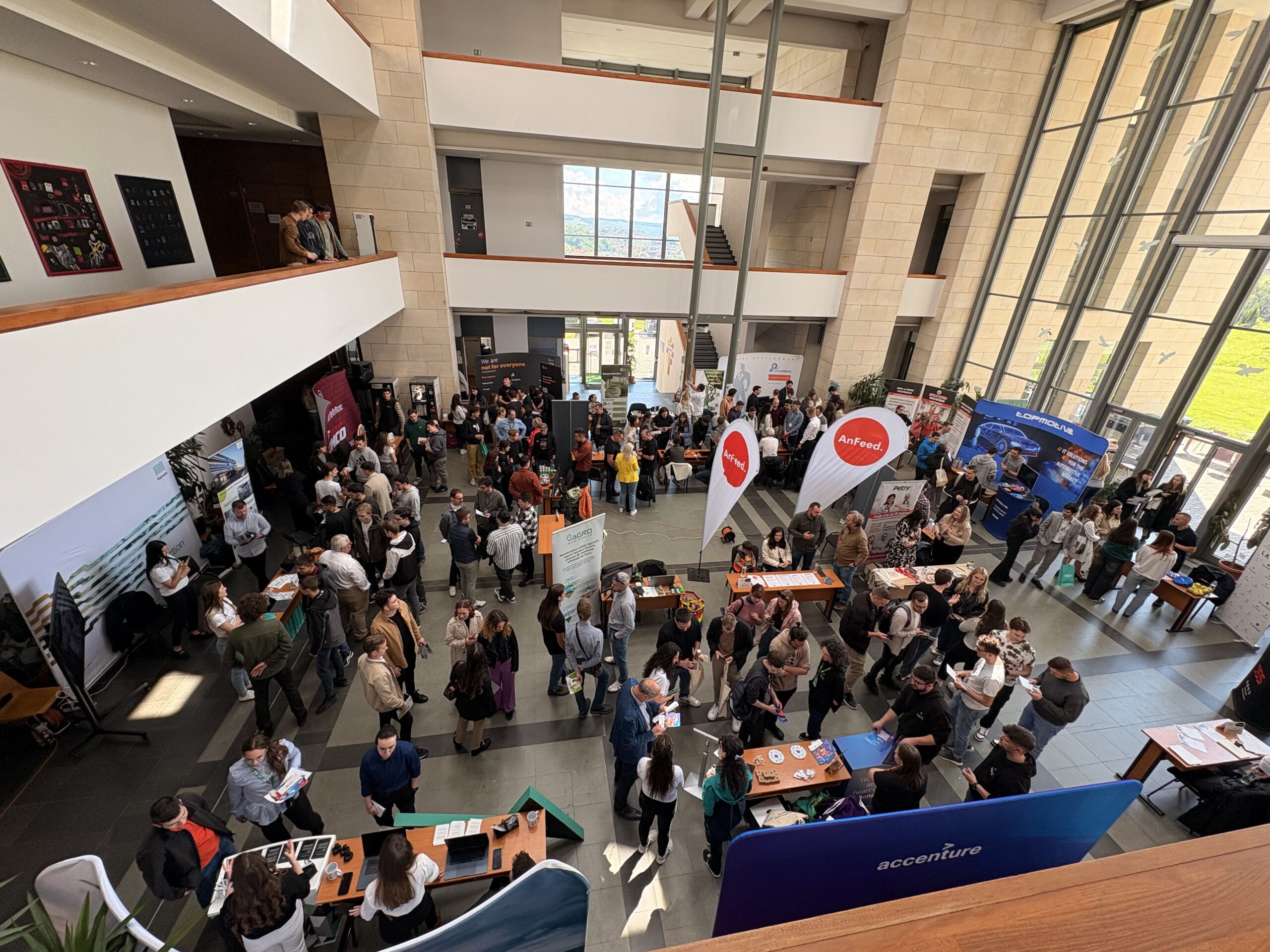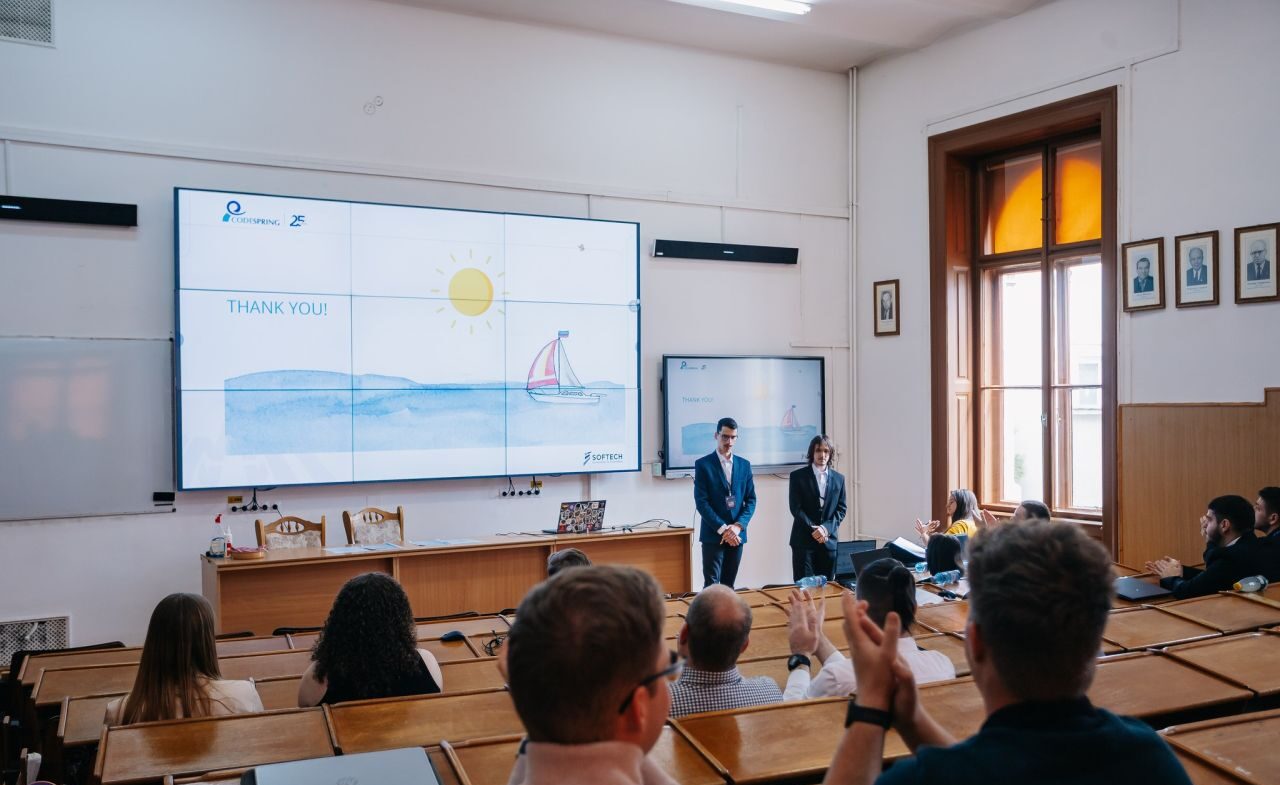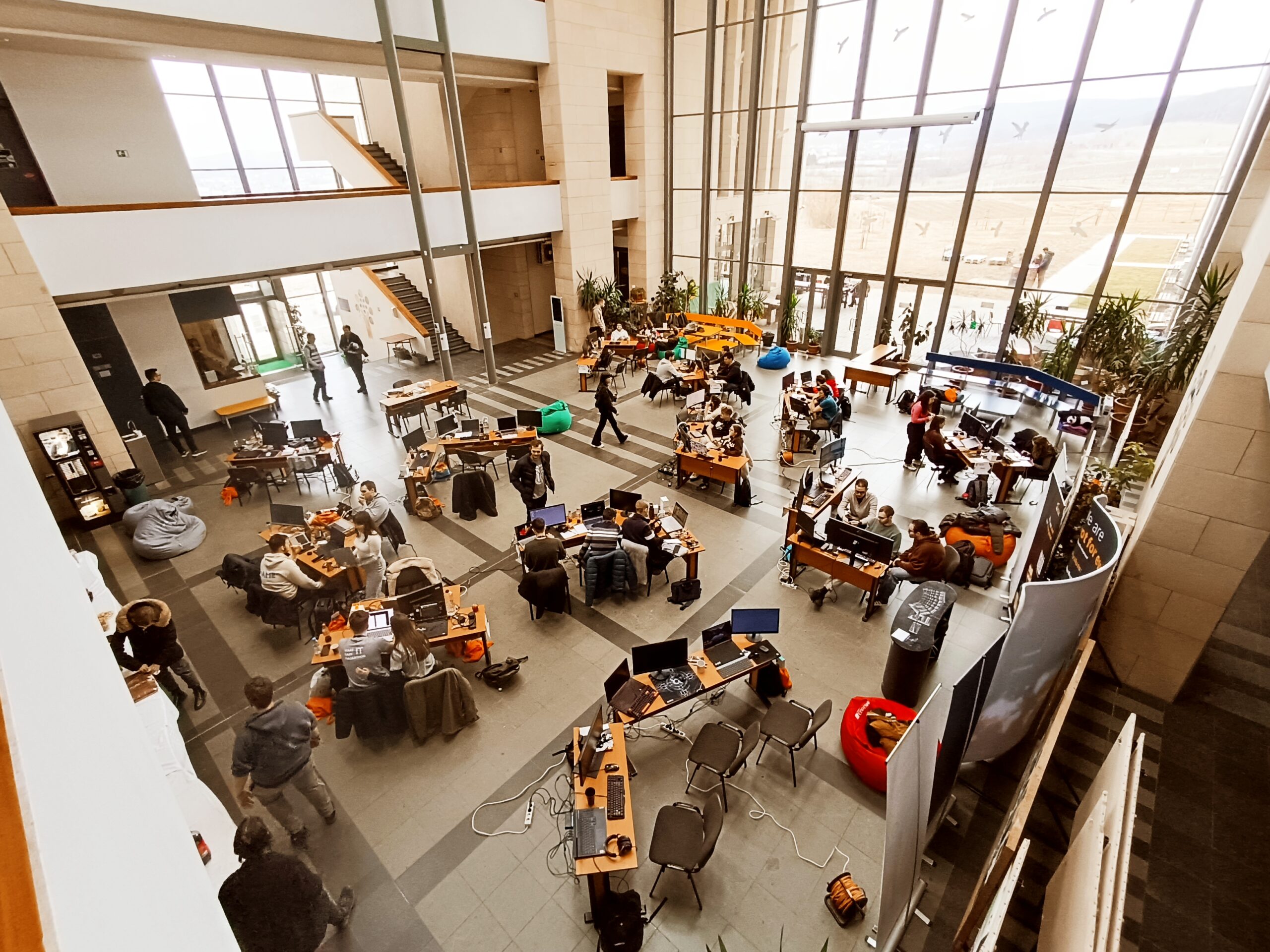In the mid ‘90s telecommunications afficionados started spreading around the benefits and future development opportunities of the digital video and IPTV (Internet Protocol Television). Over two decades, several parts of the world have been experiencing the penetration of IPTV in our homes and workplaces. Today we are speaking about “live transmissions”, “interactive shows” or “replaying our favourite TV movie”as it has always been there. Specialists raise the bar and apply live streaming and video-on-demand in ultra-specialized fields like: medicine, aerospace, military or scientific research.
What does IPTV involve? Who are the customers? What industries can make the most of it? Where is it heading to? – These are some questions we will try to answer briefly in this article.
Understanding IPTV
The first thing to know about IPTV is that it offers us the possibility to feed any video at any time and any place. Digital networks allow nearly limtless broadcasting of camera signals, television programmes or monitoring feeds. For this, specific software and hardware has been developed by professional providers. Today, we are refering as IPTV categories to live television (interactive or not), time-shifted televison (catch-up and start-over TV) or video-on-demand (VoD) (accessing and browsing a catalog of videos).
The main elements of the IPTV systems enabling live broadcast and video-on-demand operations are the receiver/transmitter devices, the encoders /decoders and the streaming servers. A special importance was assigned to the set-top-box (STB) which differs by user categories: professional STBs (or IRDs, integrated receiver/decoders) are technically superior and have distinct features compared to the consumer standard STBs.
The Codespring involvement
Codespring has grown experience in the professional digital video transmission and IPTV systems due to its over a decade work for the largest IPTV and broadcasting solutions provider in Germany. Codespring’s work has impact on designing communication equipments and systems, computers and peripherals, consumer electronics and security systems. Dedicated teams are assigned to develop specific software, tools or various add-on’ s. Continuous reaserach and rigourous testing are they key factors to successfull developments.
Testimonial: “Over our 10 years of collaboration for developing professional video applications, mutual trust and respect were the fundaments of our partnership. Technically skilled, receptive and prompt, they continuously uplift their knowledge and expertise” Lorezn Zoltán, Product Manager /InPhase, GermanyThe market evolution
In the last twenty years, the market and the customers changed their approach to data transmission. The digital age, put its mark on the communication systems structure, feature and speed. If in the beginning, innovative broadcasting companies were the most interested in implementing the IPTV solution, soon large TV networks across the most developed countries embraced it too.

According to the Multimedia Research Group forecast, the number of IPTV global subscribers is expected to grow from 28 million in 2009 at 83 million in 2013 (compound annual growth rate of 31%).
Based on this forecast, IPTV global revenue is also expected to grow from USD 12 billion in 2009 up to USD 38 billion in 2013 (compound annual growth rate of 33%). On the occasion of the research, MRG has also splited the world in four main regions: Europe, Asia, North America and Rest of the World. In terms of revenue, Europe and North America are expected to generate larger shares of global revenue, due to lower ARPU/s in China, India and Asia.
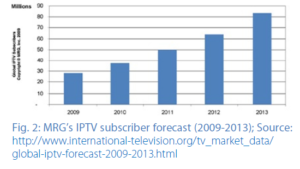 Applications and future developments
Applications and future developments
One of the greatest applications of digital video broadcast and IPTV systems is tele-medecine. Specialists can now lead surgical interventations via a live streaming system. Students can learn by observing live surgeries anywhere in the world. Interactivity and assistance is now possible.
Next, general training for academic and business purposes can be delivered via the IPTV solution. Coordination of geographically remote operations in the aerospace and military fields is much more convenient due to the latest developments. Public services like police, firestation and hospitals have been investing in the acquisition and implementation of special designed features enabled by IPTV capabilities.Last but not least, general security for all type of businesses and facilities can be managed in an efficient and reliable manner. (D.C.)

